
- Shandong Loyal Industrial Co.,Ltd.
- Macaroni Production Machine Instant Noodle Machine Biscuit Making Machine
Home> Company News> The Ultimate Fish Feed Machine Guide to 2024

The Ultimate Fish Feed Machine Guide to 2024
2024-04-15 17:51:32Introduction to Fish Feed Machine Technology
Fish feed machine technology has revolutionized the aquaculture industry by providing efficient and automated solutions for producing high-quality fish feed. These machines play a crucial role in ensuring the nutritional requirements of fish are met while optimizing production processes.
Modern fish feed machines are equipped with advanced features such as precision control systems, automated ingredient dispensing, and customized die designs. These capabilities enable manufacturers to produce fish feed with precise nutritional compositions tailored to the specific requirements of different fish species and growth stages.
Fish feed machine technology encompasses various processes, including mixing, grinding, extrusion, drying, and coating. Each step is carefully controlled to ensure the desired physical properties, nutritional content, and palatability of the fish feed.
Fish feed machines are designed to operate efficiently and sustainably, minimizing waste and energy consumption. By incorporating innovative technologies and materials, manufacturers can achieve higher production yields while reducing environmental impact.
In summary, fish feed machine technology represents a significant advancement in aquaculture, offering efficient and precise solutions for meeting the nutritional needs of farmed fish while promoting sustainability in the industry.
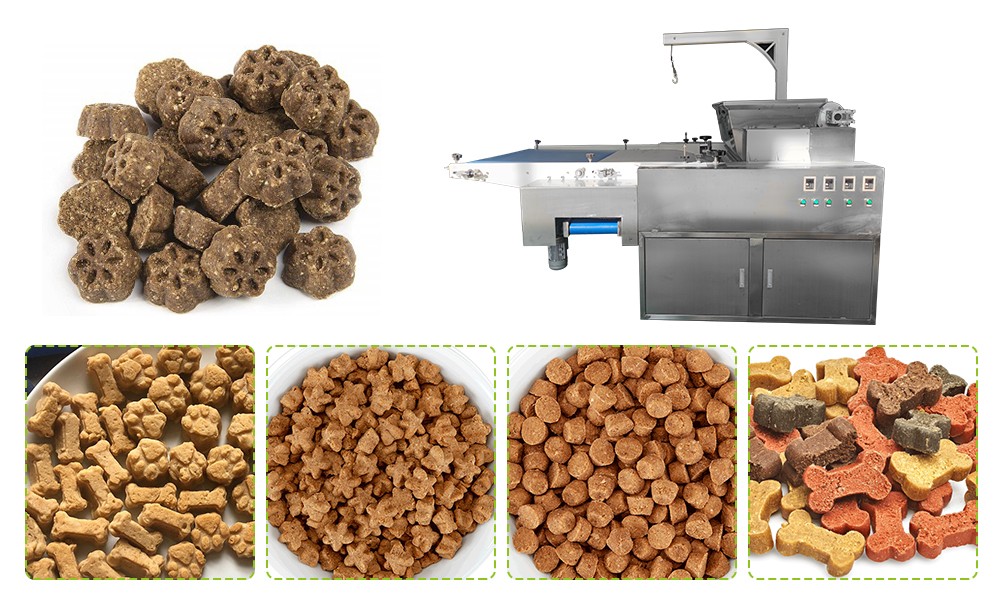
Evolution of Fish Feed Manufacturing Equipment
The evolution of fish feed manufacturing equipment has been marked by significant advancements in technology and design, driven by the growing demand for high-quality and sustainable fish feed products.
Early fish feed manufacturing equipment primarily consisted of simple mixers and pellet mills, which were manually operated and lacked precision in ingredient mixing and processing. However, with the advancement of technology, modern fish feed machines have become highly automated and sophisticated.
One of the most significant advancements in fish feed manufacturing equipment is the development of extruders. Extrusion technology allows for precise control over the cooking and shaping of fish feed, resulting in pellets with consistent size, shape, and nutritional content. Extruders also enable the incorporation of various ingredients, including proteins, fats, vitamins, and minerals, to meet the specific nutritional requirements of different fish species.
In addition to extruders, advancements in grinding, mixing, drying, and coating technologies have further enhanced the efficiency and quality of fish feed production. Today, fish feed manufacturing equipment is equipped with state-of-the-art control systems, sensors, and automation features, allowing for real-time monitoring and optimization of production processes.
The evolution of fish feed manufacturing equipment has played a crucial role in improving the quality, efficiency, and sustainability of fish farming operations, contributing to the growth and development of the aquaculture industry.
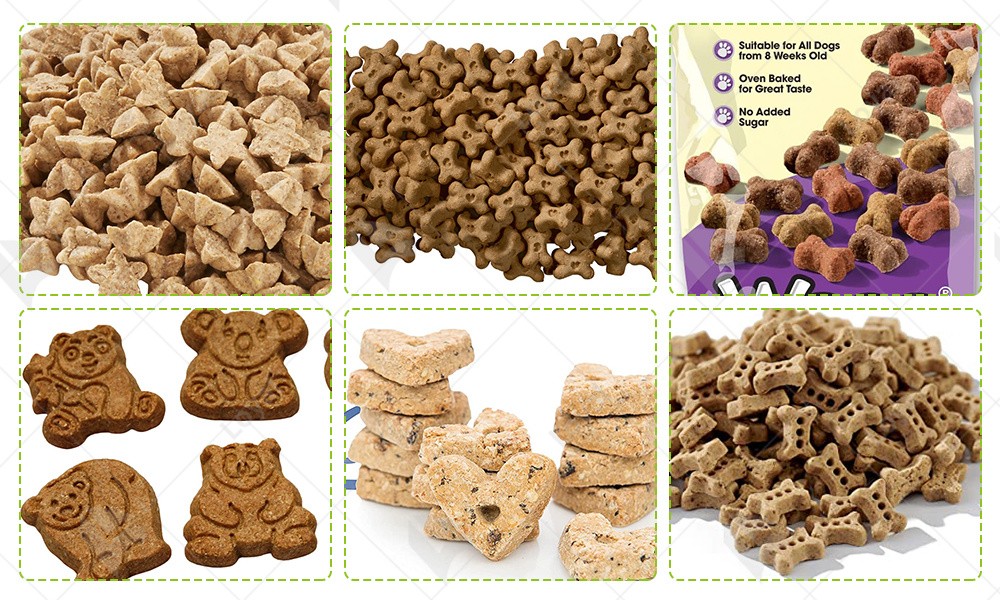
Types of Fish Feed Machines Available
There are several types of fish feed machines available, each designed to perform specific functions in the fish feed production process. Some common types of fish feed machines include:
1. Mixers: Mixers are used to blend ingredients such as fish meal, grains, oils, vitamins, and minerals to create a homogeneous mixture for pelleting or extrusion.
2. Grinders: Grinders are used to reduce the particle size of raw materials, making them easier to process and improving ingredient uniformity in the final fish feed.
3. Extruders: Extruders are versatile machines that cook and shape the fish feed mixture into pellets of uniform size and shape. They are capable of producing floating or sinking pellets with precise nutritional compositions.
4. Dryers: Dryers are used to remove excess moisture from the extruded or pelleted fish feed, ensuring product stability and shelf life.
5. Coaters: Coaters are optional equipment used to apply coatings or additives to the surface of fish feed pellets for improved palatability, stability, or nutrient retention.
Each type of fish feed machine plays a vital role in the overall production process, contributing to the quality, consistency, and efficiency of fish feed manufacturing operations.
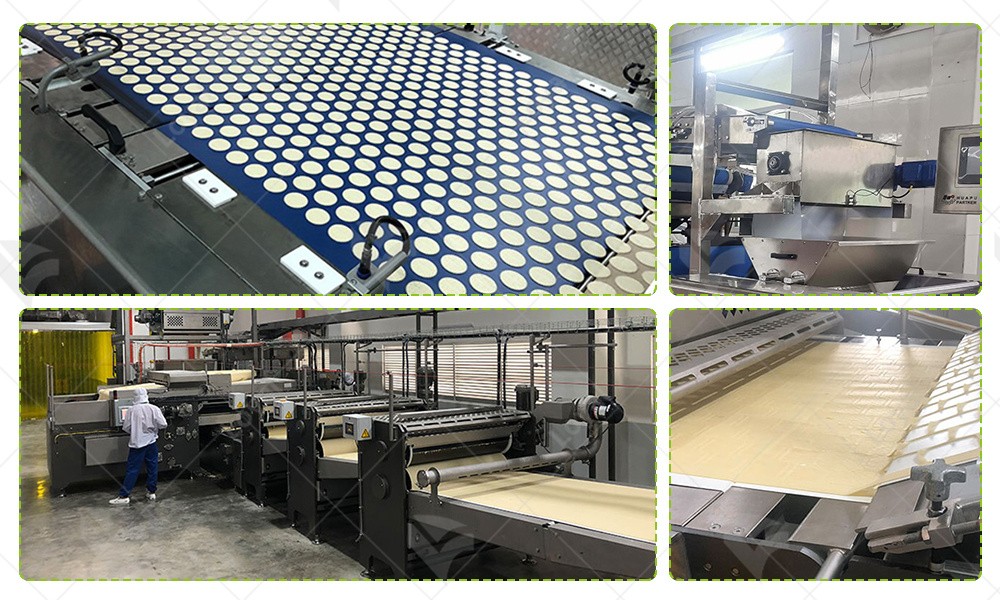 Key Components of Fish Feed Machines
Key Components of Fish Feed Machines
Fish feed machines are complex pieces of equipment comprised of several key components, each playing a crucial role in the production process. Understanding these components is essential for optimizing machine performance and ensuring high-quality fish feed output.
Extruder: The extruder is the heart of a fish feed machine, responsible for cooking and shaping the feed mixture into pellets. It consists of a barrel, screw, and die, where the raw ingredients are mixed, heated, and extruded through the die to form pellets of desired size and shape.
Mixing System: The mixing system ensures uniform distribution of ingredients in the feed mixture. It typically includes a mixer or blender where ingredients such as fish meal, grains, vitamins, and minerals are combined to create a homogeneous blend before extrusion.
Conditioner: The conditioner is an optional component that can be integrated into the extrusion process to add steam and moisture to the feed mixture. This helps improve the gelatinization of starches, protein denaturation, and overall pellet quality.
Die and Cutter: The die and cutter are critical components that determine the size, shape, and density of the fish feed pellets. Different die configurations and cutter designs can be used to produce floating or sinking pellets of varying sizes to meet the nutritional needs of different fish species.
Control System: The control system of a fish feed machine regulates various parameters such as temperature, moisture content, and feed rate to ensure optimal processing conditions. Advanced control systems allow for precise adjustment and monitoring of machine parameters, resulting in consistent pellet quality and production efficiency.
|
Aspect |
LOYAL Fish Feed Machine |
Axor Fish Feed Machine |
|
Factory Space |
Compact design requiring minimal floor space, suitable for small to medium-sized facilities with limited space availability. |
Larger footprint due to equipment scale and capacity, ideal for spacious production facilities with ample room for expansion. |
|
Scale |
Scalable options available to accommodate varying production capacities, from small-scale operations to large-scale industrial production. |
Designed for large-scale production with high throughput capacity, suitable for meeting the demands of commercial aquaculture operations. |
|
Performance |
High-efficiency machines with advanced extrusion technology, capable of producing high-quality fish feed with precise nutritional specifications. |
Known for robust construction and reliable performance under demanding production conditions, ensuring consistent product quality and throughput. |
|
Flexibility |
Offers customizable configurations and options to meet specific processing requirements and adapt to changing market demands. |
Provides flexibility in processing various feed formulations and pellet sizes, catering to a wide range of fish species and production needs. |
|
Cost |
Competitive pricing with a focus on cost-effectiveness and value for money, making it an attractive option for budget-conscious producers. |
Initial investment may be higher due to larger-scale equipment and capacity, but offers long-term cost savings through efficient operation and higher production yields. |
By considering these factors and conducting a thorough evaluation of equipment specifications and capabilities, producers can make informed decisions when selecting fish feed machines that best suit their operational needs and goals.
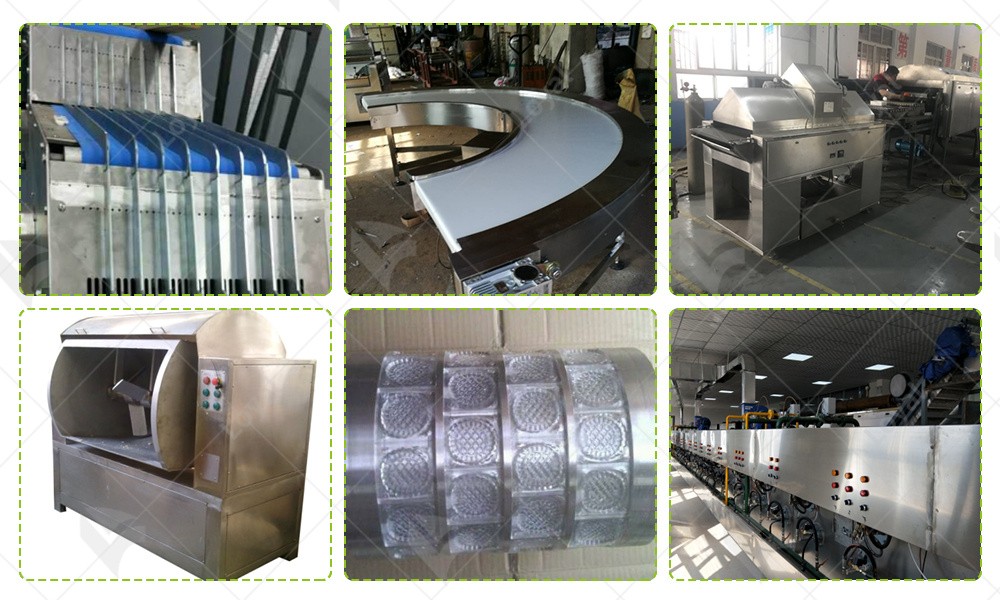
Maximizing Efficiency in Fish Feed Production
To maximize efficiency in fish feed production, it's essential to optimize every aspect of the process, from ingredient sourcing to pellet packaging. One key factor in enhancing efficiency is the utilization of advanced fish feed machines. These machines are equipped with state-of-the-art technology to streamline production processes, reduce waste, and increase output.
Firstly, investing in high-quality fish feed machines is crucial. These machines should be capable of handling various ingredients, including fish meal, grains, vitamins, and minerals, with precision and consistency. Advanced extruders, mixers, and dryers play a vital role in ensuring efficient processing of raw materials into high-quality fish feed pellets.
Implementing automation and control systems can significantly improve production efficiency. Automated feed formulation and ingredient dispensing systems ensure accurate ingredient ratios and minimize human error. Real-time monitoring of machine parameters allows for timely adjustments, optimizing production conditions and minimizing downtime.
Optimizing production scheduling and workflow is essential for maximizing efficiency. Batch processing and continuous production lines should be organized to minimize idle time and maximize throughput. Efficient logistics and inventory management systems ensure timely delivery of raw materials and efficient storage of finished products.
By leveraging advanced fish feed machines, automation technologies, and streamlined production processes, fish feed manufacturers can achieve higher efficiency levels, reduce production costs, and maintain competitive advantages in the market.
Safety Measures in Fish Feed Manufacturing Processes
Safety is paramount in fish feed manufacturing processes to protect workers, prevent accidents, and ensure product quality and integrity. Implementing comprehensive safety measures is essential to mitigate risks and maintain a safe working environment.
Ensuring the proper training and certification of personnel is critical. All employees involved in fish feed production should receive thorough training on equipment operation, safety protocols, and emergency procedures. Regular safety drills and refresher training sessions should be conducted to reinforce safety awareness and practices.
Maintaining equipment in optimal condition is essential for ensuring safety in the manufacturing process. Regular inspection, maintenance, and servicing of fish feed machines help identify and address potential hazards, such as malfunctioning parts or equipment failures, before they escalate into safety incidents.
In addition to equipment safety, proper handling and storage of raw materials and finished products are essential to prevent contamination and spoilage. Implementing stringent hygiene practices, including regular cleaning and sanitation of production facilities, equipment, and storage areas, helps minimize the risk of microbial contamination and maintain product quality.
Moreover, compliance with regulatory standards and guidelines is crucial for ensuring safety and quality in fish feed manufacturing. Adhering to industry regulations, such as Good Manufacturing Practices (GMP) and Hazard Analysis and Critical Control Points (HACCP), helps mitigate risks and ensures product safety and compliance with regulatory requirements.
By implementing comprehensive safety measures, fish feed manufacturers can create a safe and secure working environment, protect the well-being of their employees, and uphold the highest standards of product quality and safety.
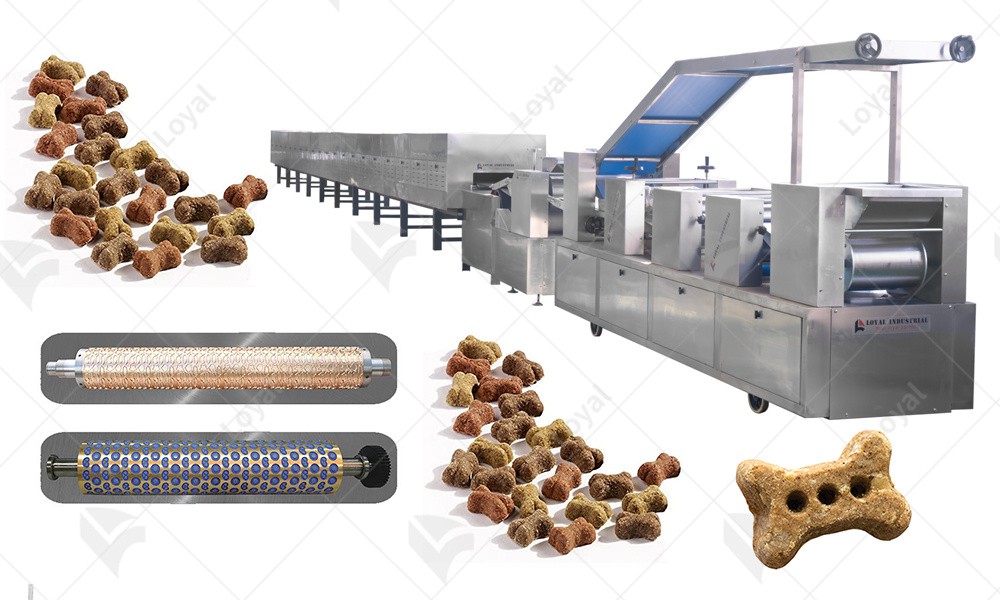
Quality Control Practices in Fish Feed Production
Quality control is paramount in fish feed production to ensure that the final product meets the required nutritional specifications, safety standards, and customer expectations. Implementing robust quality control practices throughout the production process is essential to maintain product consistency and integrity.
Conducting thorough quality checks on raw materials is essential to ensure their quality and suitability for use in fish feed production. Incoming ingredients should be inspected for contaminants, such as toxins, heavy metals, and microbial pathogens, to prevent their introduction into the production process.
Monitoring and controlling key process parameters during production are critical for maintaining product quality and consistency. Real-time monitoring of equipment operation, temperature, moisture content, and pellet size ensures that the production process remains within specified parameters and deviations are promptly addressed.
By adhering to stringent quality control practices, fish feed manufacturers can uphold the highest standards of product quality, safety, and consistency, earning the trust and loyalty of customers and maintaining a competitive edge in the market.
Environmental Impact and Sustainability Practices in Fish Feed Industry
The fish feed industry plays a significant role in aquaculture, providing essential nutrition for farmed fish. However, concerns about its environmental impact have led to a growing emphasis on sustainability practices within the industry.
One key aspect of sustainability in the fish feed industry is the sourcing of raw materials. Traditionally, fish meal and fish oil, derived from wild-caught fish, have been primary ingredients in fish feed. However, overfishing and depletion of marine resources have raised environmental concerns. To address this issue, the industry has been exploring alternative protein and lipid sources, such as plant-based proteins, insect meal, and algae, which offer sustainable alternatives with lower environmental footprints.
Another sustainability practice is the reduction of waste and resource usage in fish feed production. Technologies such as extrusion and pelletization enable efficient processing of raw materials, minimizing waste and energy consumption. Additionally, recycling and reuse of by-products from other industries, such as agricultural residues and food waste, can further reduce environmental impact.
Furthermore, efforts are being made to improve feed conversion efficiency (FCE), which refers to the amount of feed required to produce a unit of fish biomass. Enhancing FCE not only reduces feed costs but also minimizes the environmental footprint of aquaculture operations by decreasing the amount of waste and nutrient discharge into the surrounding ecosystem.
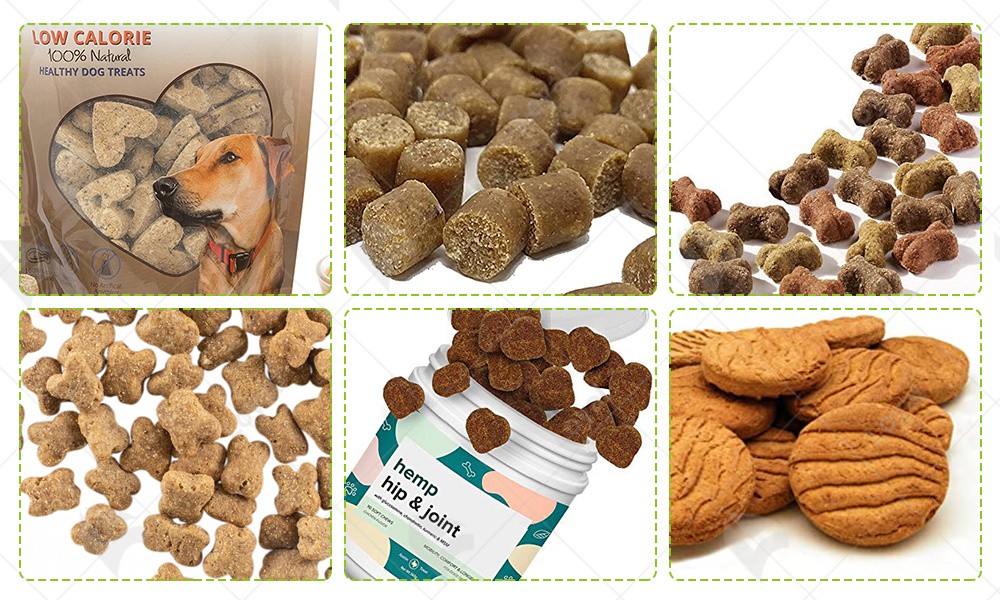
Future Prospects and Innovations in Fish Feed Machine Technology
The future of fish feed machine technology holds promising prospects for advancing the sustainability, efficiency, and quality of fish feed production. Several key innovations and trends are expected to shape the industry in the coming years.
One area of innovation is the development of precision feeding systems, enabled by advancements in sensor technology and data analytics. These systems can monitor fish behavior, feed intake, and growth parameters in real time, allowing for precise adjustments to feeding regimes and optimizing feed utilization.
Another trend is the integration of digitalization and automation into fish feed machines. Smart technologies such as Internet of Things (IoT) sensors, artificial intelligence (AI), and machine learning algorithms can enhance process control, monitoring, and predictive maintenance, leading to improved efficiency, reliability, and product consistency.
There is increasing interest in sustainable feed formulations and processing techniques. Innovations in ingredient sourcing, such as alternative protein and lipid sources, as well as novel processing methods like microbial fermentation and enzymatic hydrolysis, are being explored to develop feeds with lower environmental footprints and improved nutritional profiles.
Overall, the future of fish feed machine technology holds exciting possibilities for enhancing sustainability, efficiency, and innovation in the aquafeed industry, contributing to the continued growth and development of aquaculture worldwide.
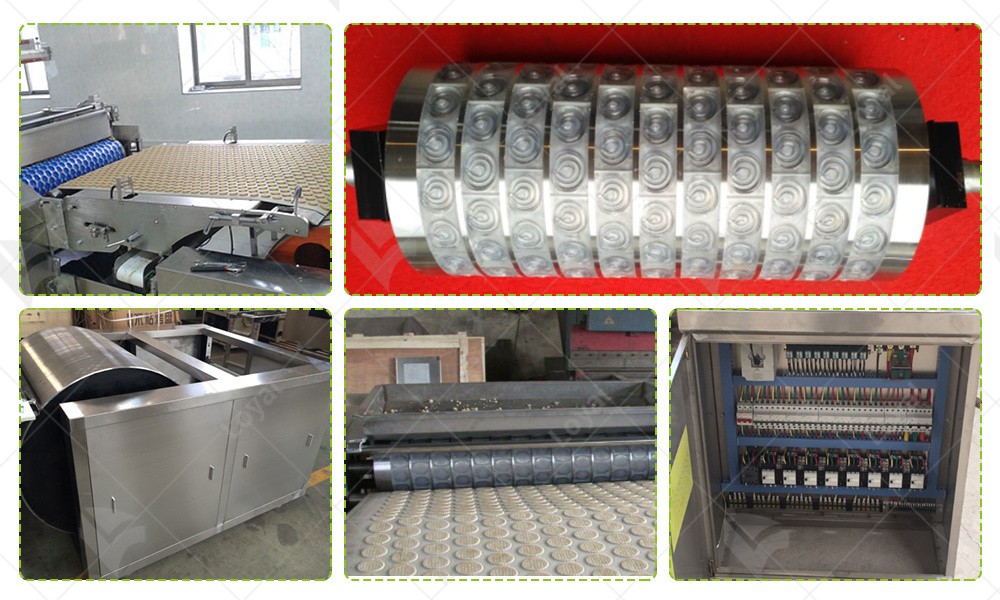
FAQs: Common Questions about Fish Feed Machines
1. What role does a fish feed machine play in aquaculture?
A fish feed machine is essential in aquaculture for producing nutritious feed pellets that meet the dietary requirements of farmed fish.
2. What are the primary components of a fish feed machine?
The main components of a fish feed machine typically include a mixer, extruder, dryer, pelletizer, and control system.
3. How do fish feed machines contribute to sustainable aquaculture practices?
Fish feed machines can contribute to sustainable aquaculture by enabling the use of alternative protein and lipid sources, reducing waste through efficient processing, and optimizing feed conversion efficiency.
4. Are fish feed machines suitable for small-scale aquaculture operations?
Yes, fish feed machines are available in various sizes and capacities, making them suitable for both small-scale and large-scale aquaculture operations. Small-scale aquaculture operators can choose compact and cost-effective machines that meet their production requirements while minimizing space and resource usage.
5. What maintenance procedures are necessary to keep a fish feed machine running smoothly?
Regular maintenance is crucial for the optimal performance of a fish feed machine. This includes cleaning, lubricating, inspecting for wear and tear, and replacing worn components as needed. Following the manufacturer's maintenance guidelines and schedule helps ensure efficient operation and prolongs the lifespan of the machine.
 Commercial Japanese Panko Bread Crumb Grinder Machine
Commercial Japanese Panko Bread Crumb Grinder Machine Japanese Bread Crumbs Processing Line
Japanese Bread Crumbs Processing Line Automatic Cookies Making Machines
Automatic Cookies Making Machines Fully Automatic Biscuit Making Machines
Fully Automatic Biscuit Making Machines